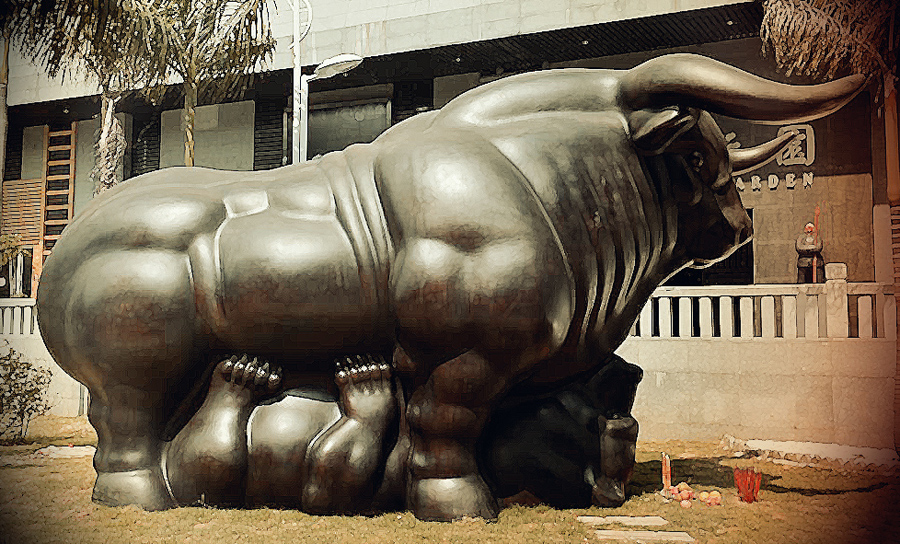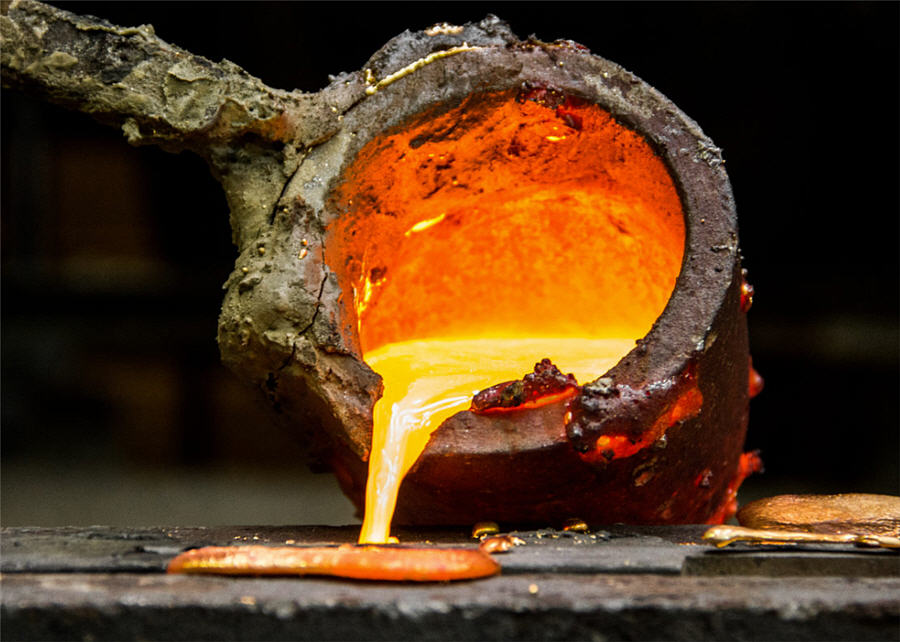Four China charts to turn you into a mining bull

London HQ’ed Capital Economics, an independent research and consulting firm, has launched a new publication tracking China’s industrial metals demand. In the grand tradition of the economics discipline, the July report has some good news and bad news.
Parts of industry key to metals demand continued to strengthen last month
Capital Economics says industrial production data from China for the month “show that industrial activity held up well, which chimes with survey data on manufacturing. What’s more, the sectoral breakdown reveals that parts of industry key to metals demand continued to strengthen last month.”
Growth in industrial output has been steady since the beginning of the year at around 5–6%. That’s down from the torrid pace of earlier years, but also expected given the size of the Chinese economy today.
Surveys of manufacturing conditions also indicate a recovery is under way with the purchasing managers index hitting a near 18-month high in July:

The demand for copper, tin and lead have been buoyed by a sustained pick-up in production growth of electrical equipment and electronic goods which a year-on-year expansion of more than 10% in July:

Output of fabricated metal products grew at the fastest rate since February 2015 in July giving a further boost to the nickel price already rallying over supply concerns:

After a rough 2015, steel consumption is also growing at a healthy clip, coming close to double digit rates so far this year and explains the robustness of iron ore and met coal prices:

While the above charts point to strong demand for industrial metals and “continues to lend a fundamental basis to recent price gains” Capital Economics points out the risks to this rosy picture in the medium term.
Because the rebound in construction makes up a substantial portion of the renewed growth in steel consumption, the metals sector is vulnerable to a slowdown in real estate investment which did show some weakness in July.
The most worrying chart put together by Capital Economics is on urban fixed investment – the foundation of the China-led mining boom. The measure dropped sharply in July to just 4% – the slowest growth rate in more than two decades:

Source: Capital Economics, CEIC, Thomson Reuters, Bloomberg, Markit
Read more at Capital Economics Metals Publications
{{ commodity.name }}
{{ post.title }}
{{ post.date }}



Comments
Ben
Five charts*